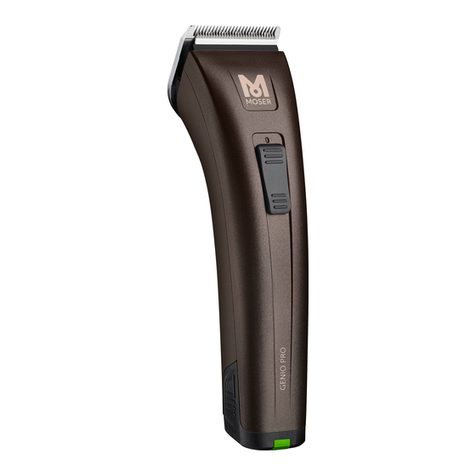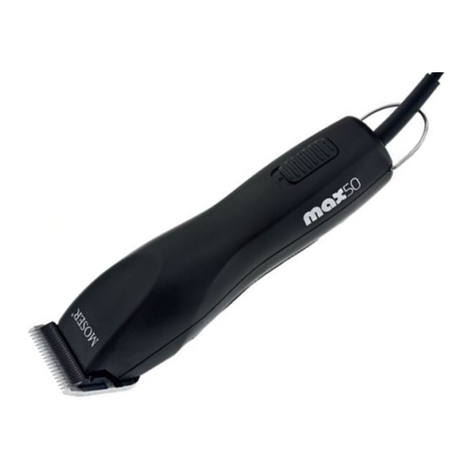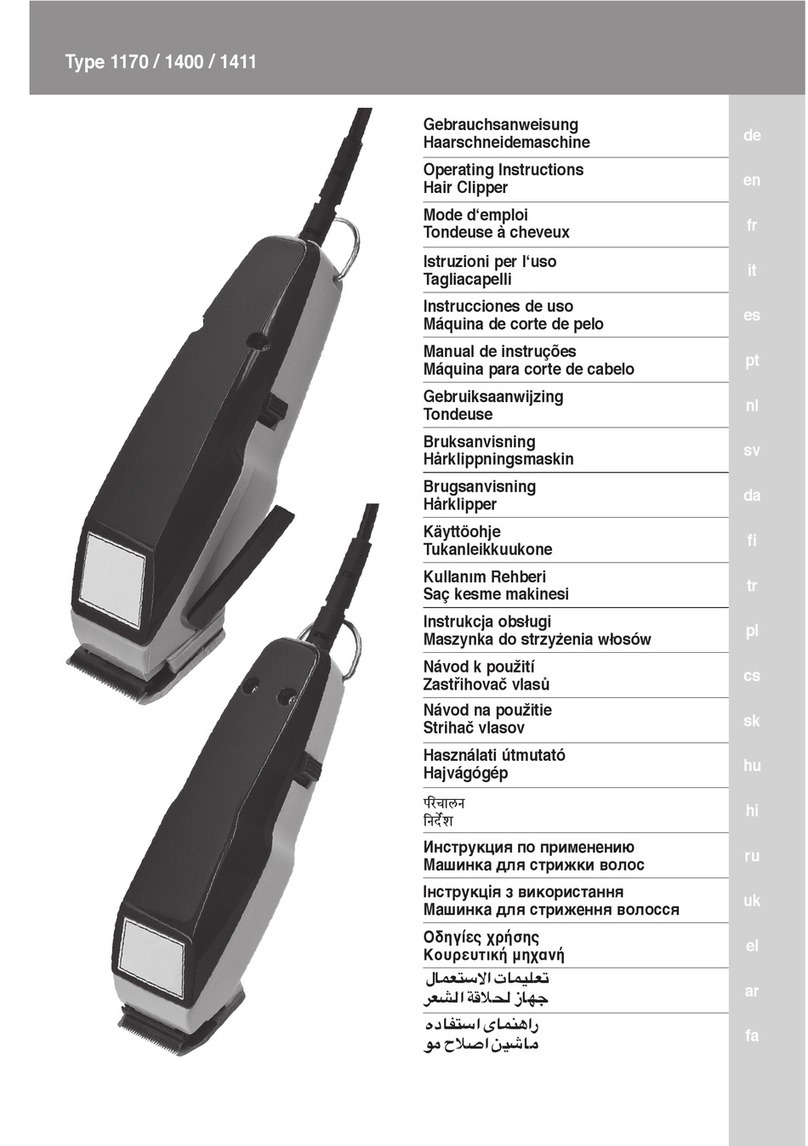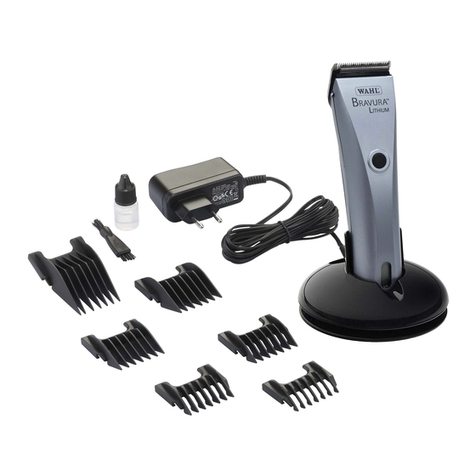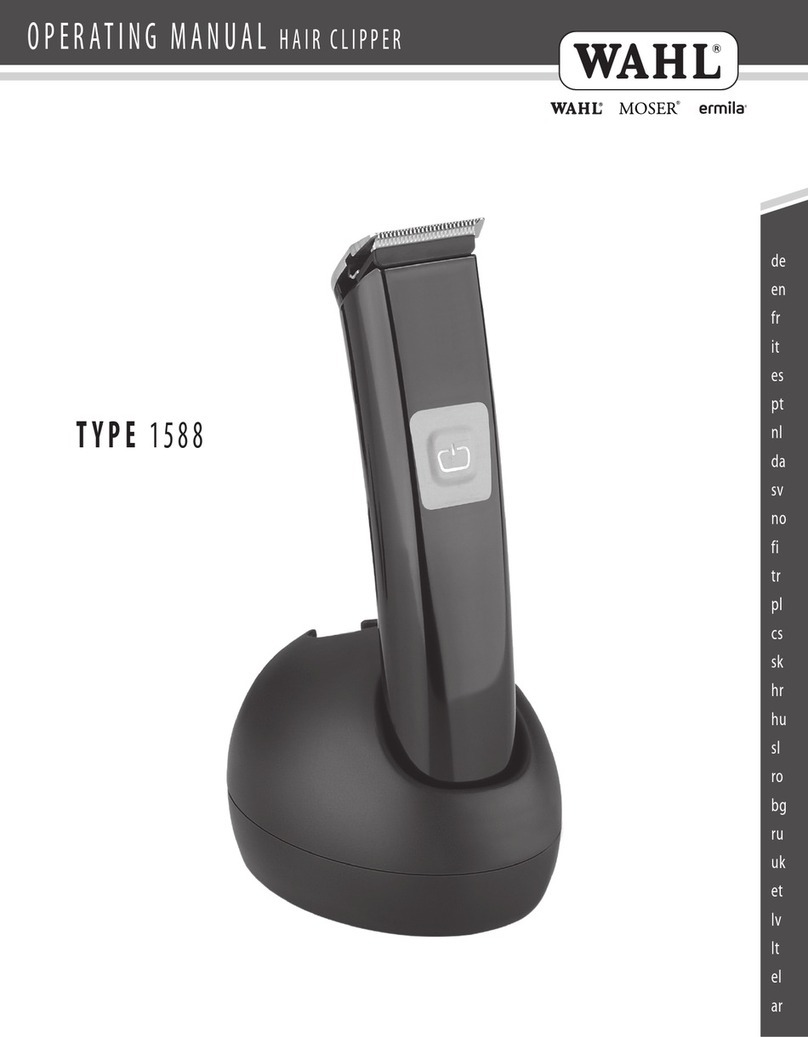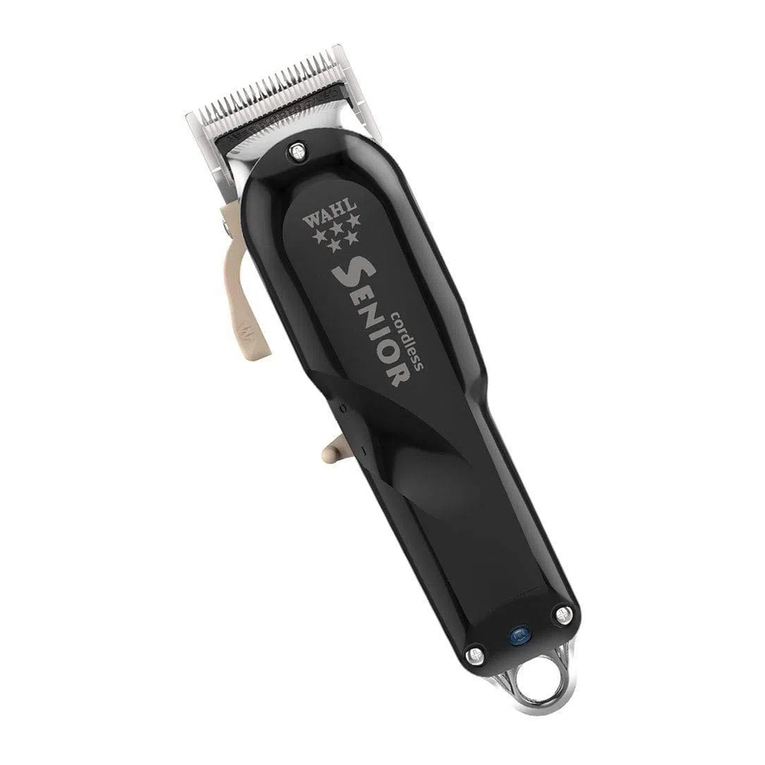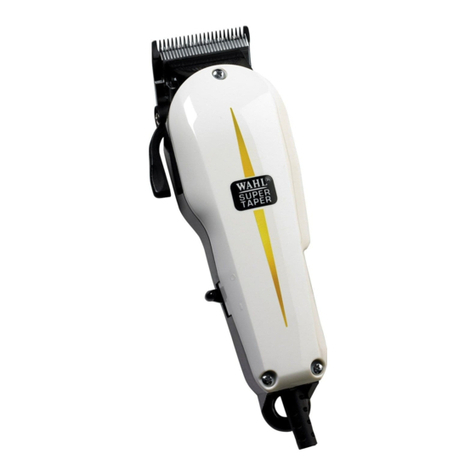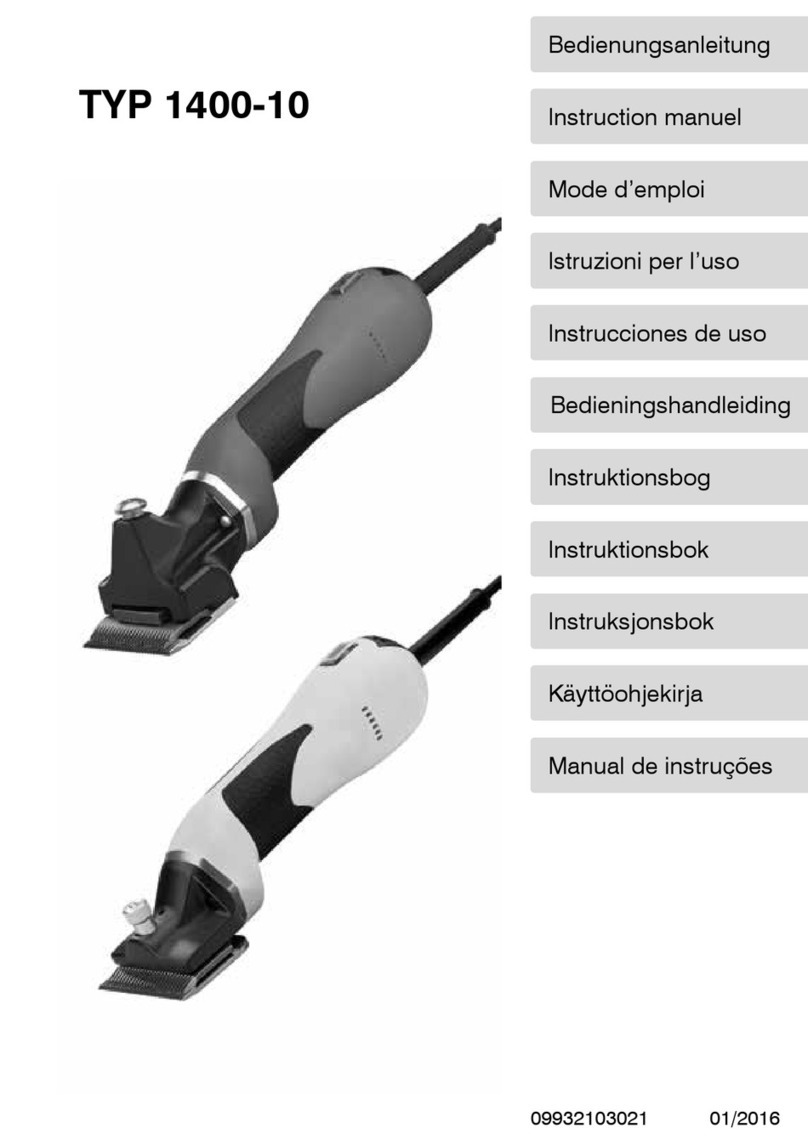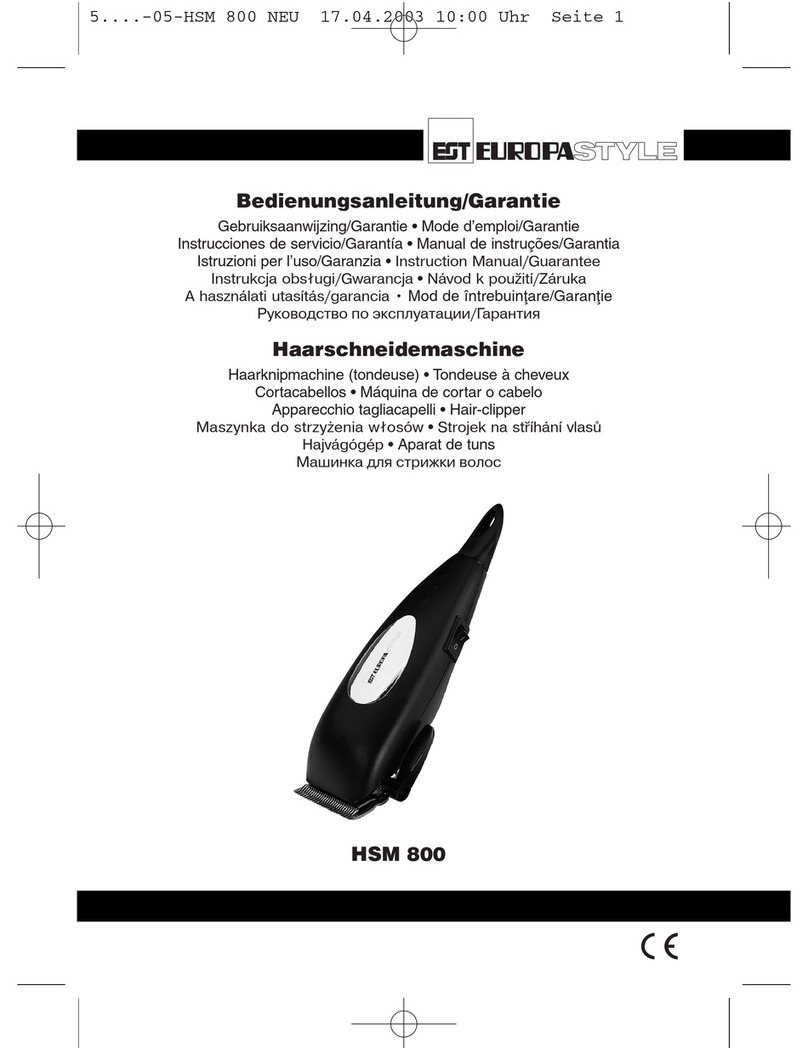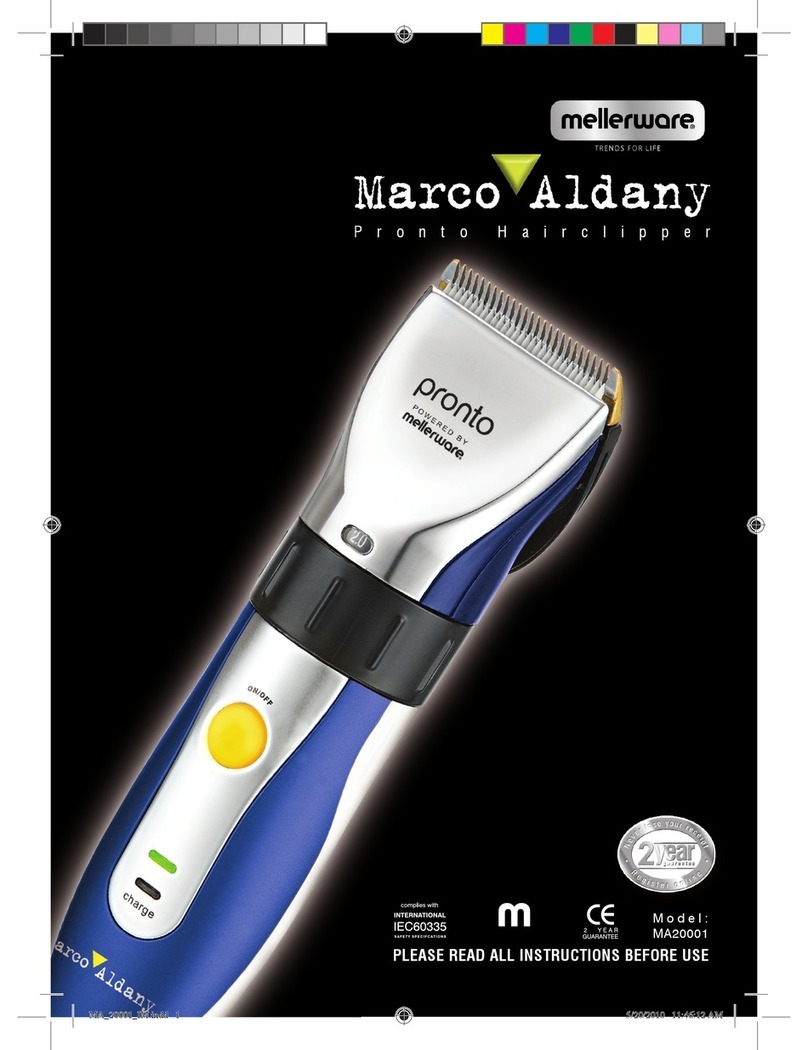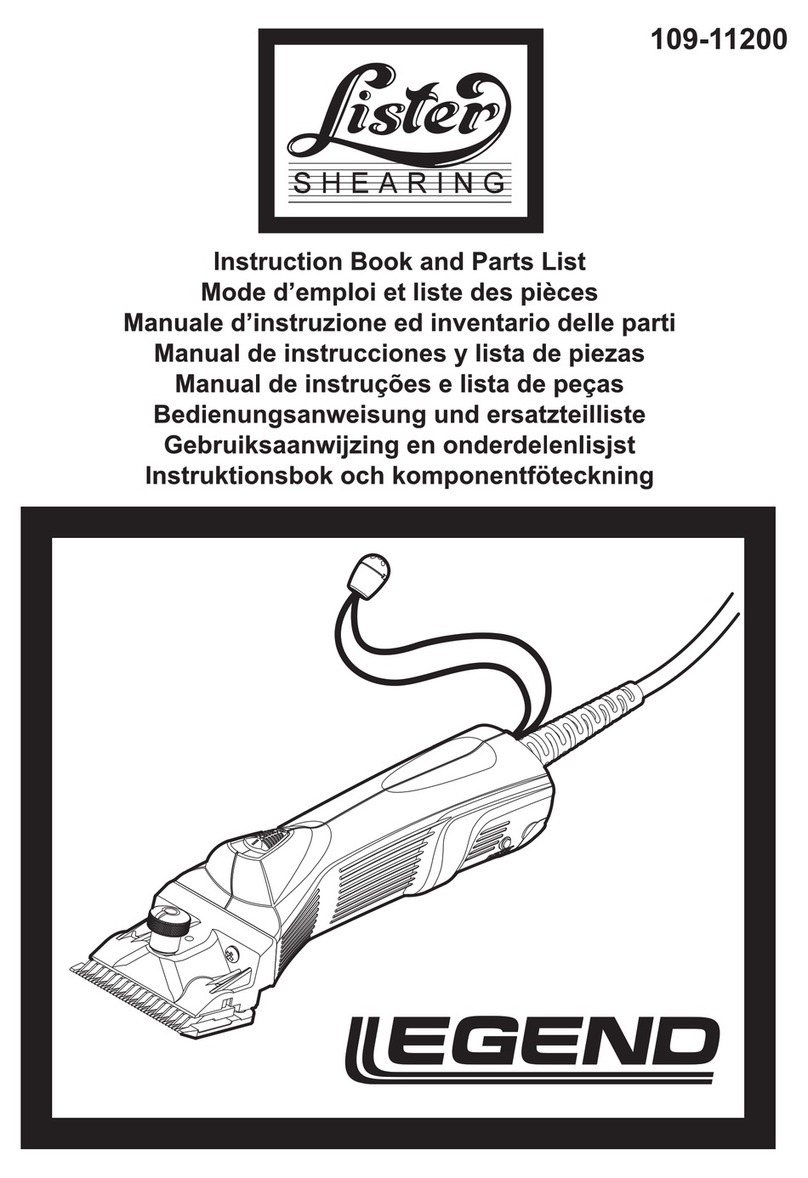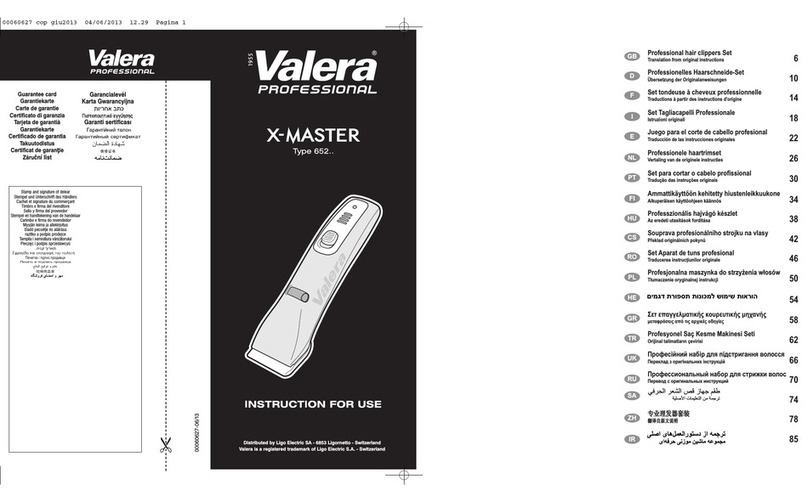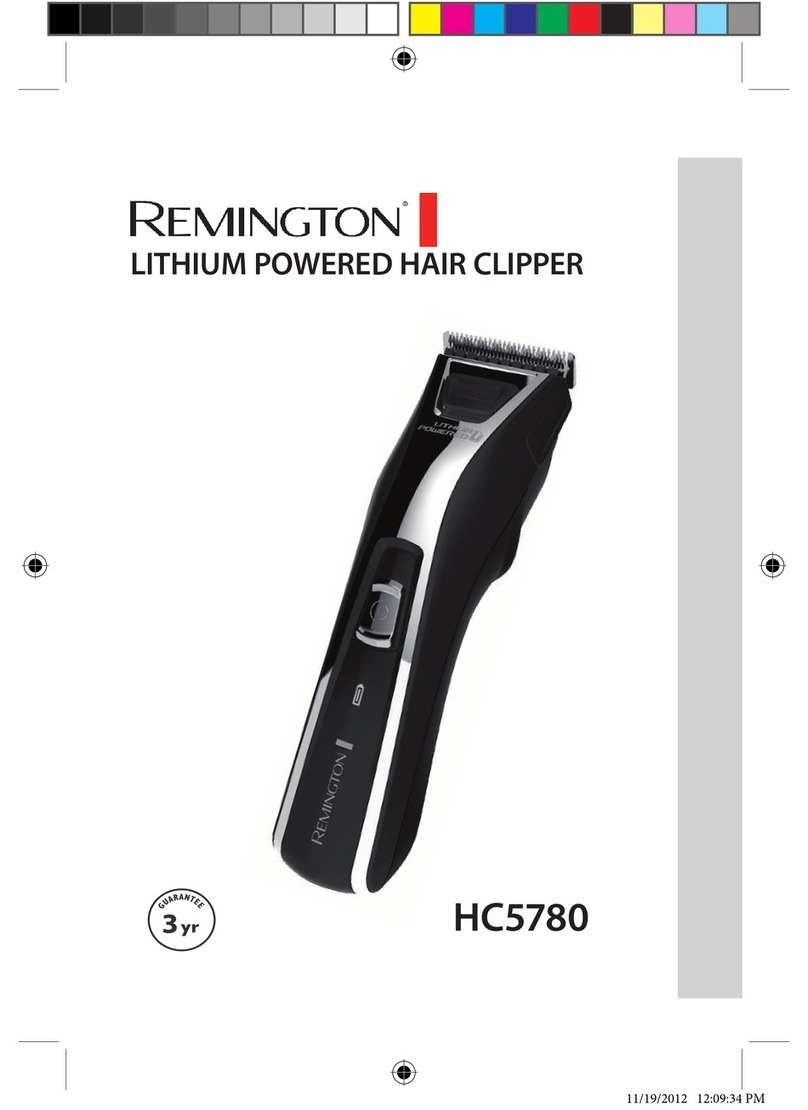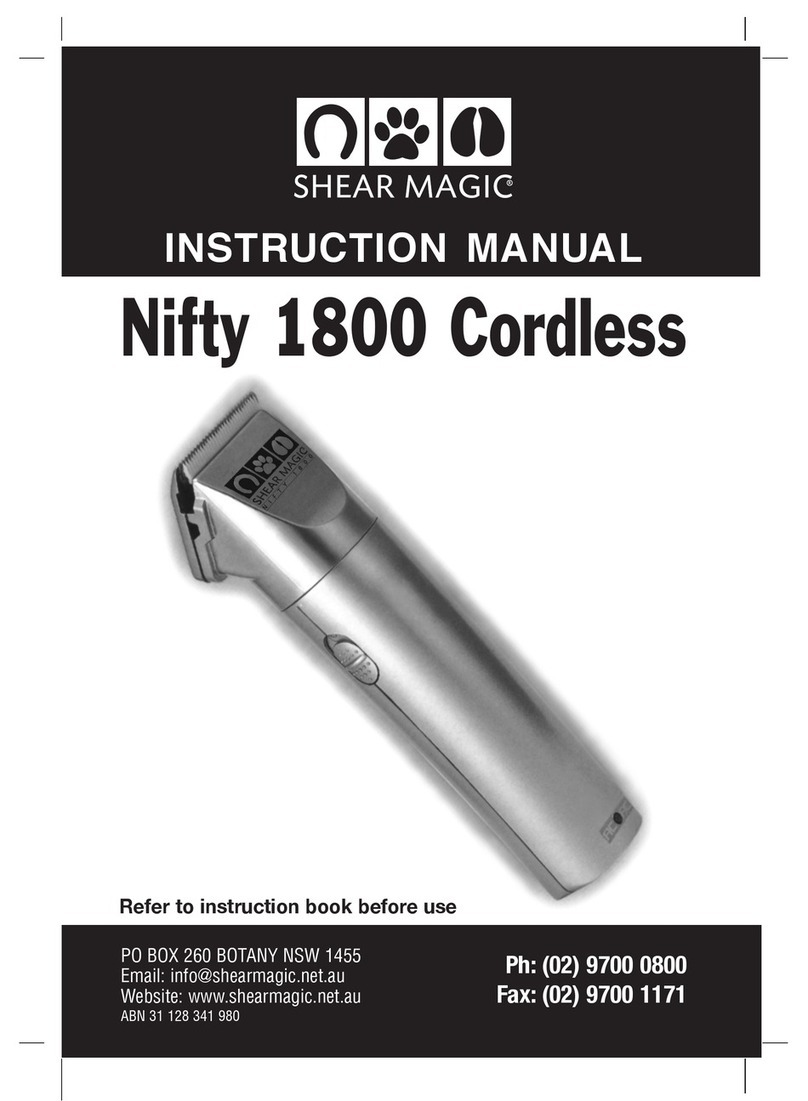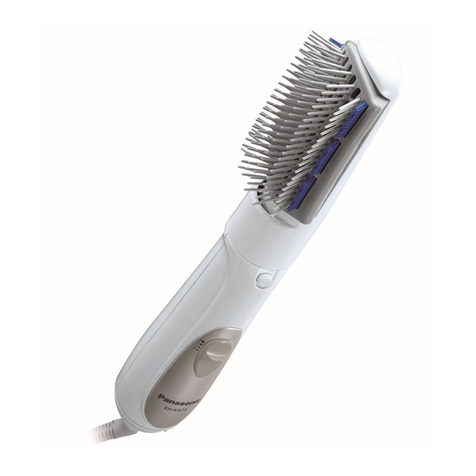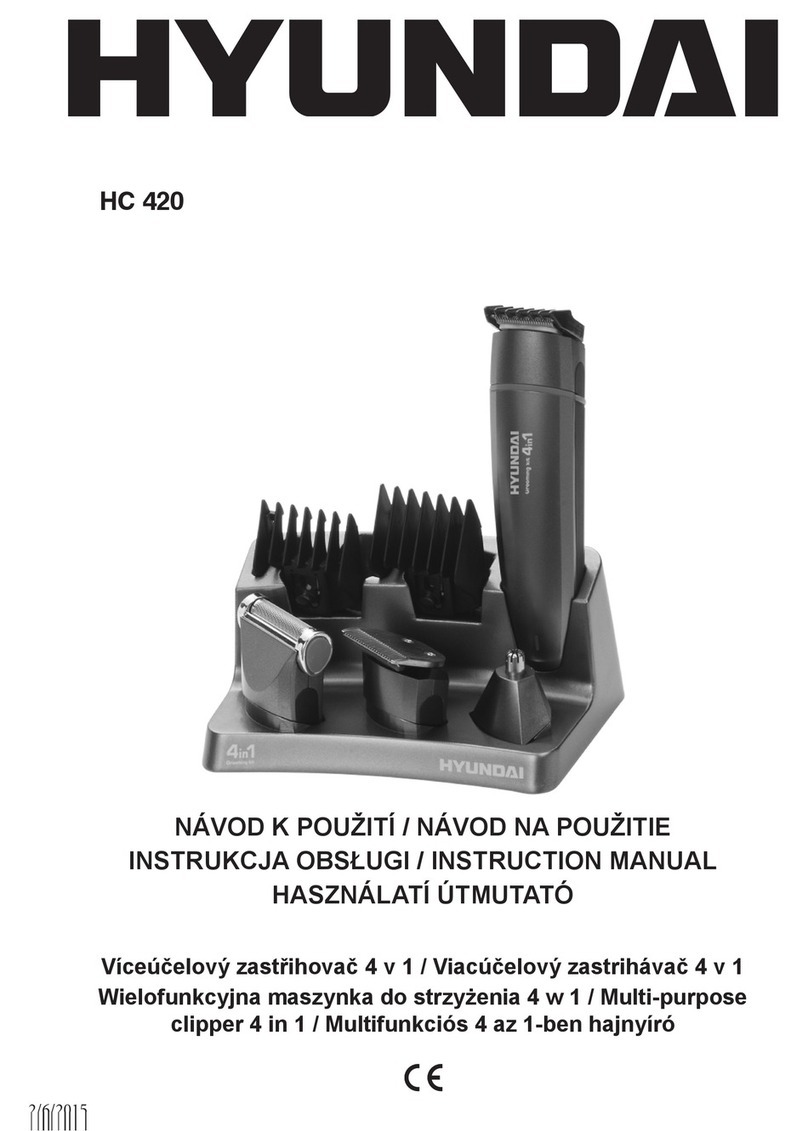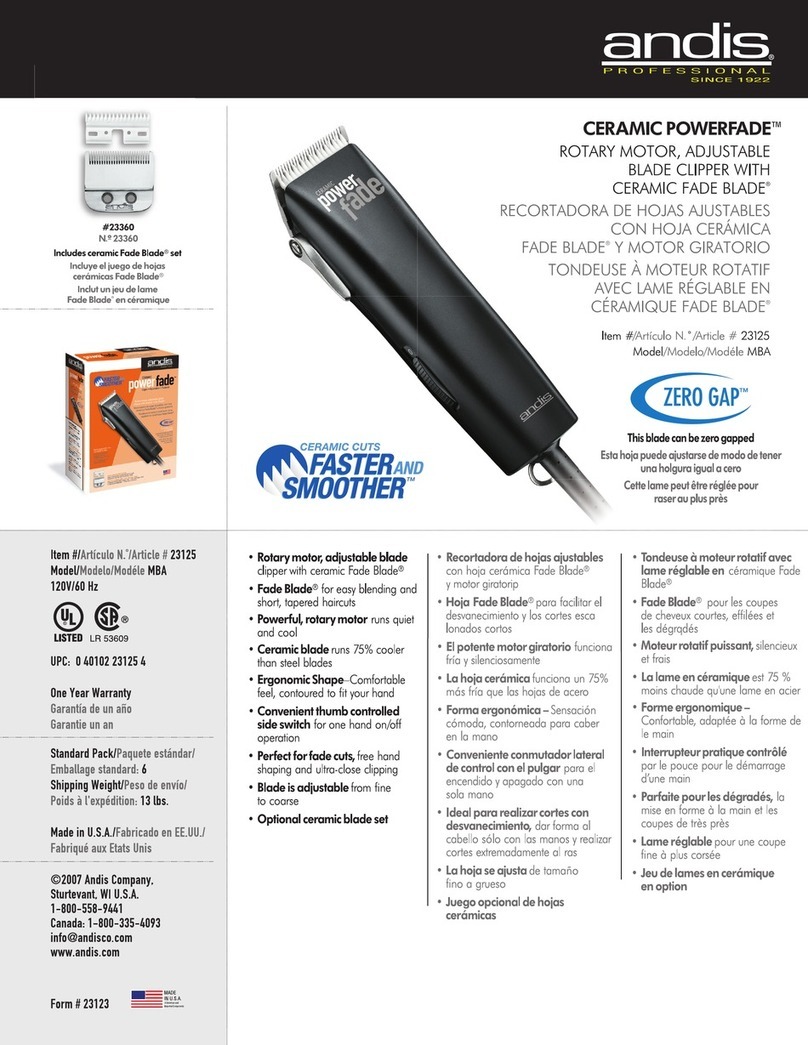!"#$%&تا)*+"%&ل -.&ز01234ا05"67"%89&0:;&ر74وا0>.69&ء
!"#$%&ت@&A402*+BCام
A"#EA&تA+"#F49&*+"%&لد0$8ا)*+BCام
!"#ا%&'()لا+,-)ز/ول12ة،5,6!2اءةد+9#ا:%&;<ام>?@#
ABCوD-E1F)19GH.
5,6اI&")رد+9#ا:%&;<امA,Kء:5&,Kأ1MاNG&Oوا:P&Q)ظ>H >?@#S9<DC1@)ن5U-#ا+VWVلإ+9H.
DCP)+YZUB9Eا+,-)ز+,-)ت\)+]Y،52S^ZUB9Eد+9#ا:%&;<ام
1_ا+,-)ز.
DCP)+YوSVدZF)ر>)ت1_اN')592وا+&'B9()تا+`
)aVa9YاNbB9Y
ا+;)WY>)/1Mوا+Uc1Y،5,6اZ")عا+&VS9-)تاNbB9Yا+U)ر5YDC
اN,)ل.
H6Iا06AEزوا0+"#$%&ت
J;6 ef2a)SEIMا+g'`)تا+@-2>)h9Y1_اP&()لاNVتأو
ا+&'2ضjW)>)تef92ة.
J;6 ef2ا:aQ,)ر1_اP&()لاNVتأوا+&'2ضjW)>)تef92ة.
!1K76 Zbk521MاP&()لو!VعإW)>)تSU<5YأووSVدأef)ر
Wb9Y.
!L:$M ZG"9Hj1@)a9YPgVلأl2ار1)د5Y.
ZG"9H12Dm>('BV1)توag)hno)1Y.
5&fB6ا/12oG)اZ;)ذإS2اء1'q.
!E>&GQ9kا
jS2اءاتوDmا+&UBU#اN`&2ح.
Z'<اد
وNOاPL+Q
أ*%&ءاS-TاءاP>EU4
AsQ2ة!tا+?'2
BZ'<5#uVلا+`t
CزرZ?v9#/إ5`)ف1_1xs21<1ONU&VىsbMا+"f)ر5Y
D1`"z،!)>#+{زا+Y
Eزرا+&b252
F1<e#ا+,-)ز+B2>|>)+&9)ر
G!)I<ةا+?bM
HوWBYsbM
I1}ek!)I<ةا+?bM
Jرأس1;gt+F"|uVلا+?'2،31E
Kرأس1;gt+F"|uVلا+?'2،61E
Lرأس1;gt+F"|uVلا+?'2،91E
Mرأس1;gt+F"|uVلا+?'2،121E
Nرأس1;gt+F"|uVلا+?'2،181E
Oرأس1;gt+F"|uVلا
+?'2،251E
PوP<ةا+&vk5Yا+@-2>)h9Y
Q!)>وP<ةا+&vk5Y
RD2s)ةZGÄ9Å
Sز5Ç1;gt+?Q2ةا+`t
ا0:$&U&تا0+FL$4
ا0V.&زاP1%Eل آ+9Yا+&?v9#:1b2كذوZ9)ر1U&(2،2,4DV+Ç >f)ر5Y:>f)ر5Y+9]9Vمأ5Vن)4LiFePO) 3,3DV+Ç 1<ةe<1Yا+"f)ر5Y:+v)5Y90د!9`Y ا/>')د
)ا+fVلxا+'2ضxا:رZQ)ع(:57x48x1921E ا+Vزن:270Ö2امZ`25")ً)1_اN`"z(
255Ö2امZ`25")ً)><ون1`"z(
1U&Vىا+F,9O:60د5U9"#)A(IB^ا/!g^
ا:o&Kاز:>2,5م/ث²
3&WCةا051Y ا/>')د1_اNBb`)ت
)ا+fVلxا+'2
ضxا:رZQ)ع(:64x83x1211E ا+Vزن:105Ö2امZ`25")ً
وZCةا0+[K74ا0>.69&\$4 ا+f2از:1-)5à6000
ا%&-cكا+`<رة:12واطIB^ا/!g^ DV+&9Yا+&?v9#:100–240DV+Ç/50–60o2ZK
okاا+,-)ز5&VD2IB^P()5YI)ز+Yو:5g<رأيlVl)ء:%B@9Y.
Z&f)>m1VاWQ)تokاا+,-)ز1_1')592وZ'B9()تا:Zb)دا/ورو>C
اN&'B`Y>)+&VاDmا+@-2و1vG)u9UC2004/108/EGوا+QV+&9YاNG;QFY
2006/95/EGواã:ت2006/42/EC.
ا*+"%&لا0V.&ز
ا0+1]$6
اP&Qå>(VادZvB9Åا+,-)ز+G`#ا+,-)زأوا:P&Q)ظ>H>?
@#
آ1MDCو!Ç:Pm.
Z}A<1MI<مa`g)نأيsCءDC1b&V5)تا+&UB9E.
اDbtA)DYا/SKاء+B&}A<1MI<موSVدأيأl2ارa)S(YIM
ا+G`#.
اSA&ن
!L:$M!أ_6ارU&-%4WY`#;$4J&ab4.
اP2صIB^ر>|ا+,-)ز>(g<رZ9)ر1&2دد)AC(
واa&"Hإ+^!9(Yا+,-<اNkAVرةIB^+VPYا+-V5Y.
H1Yا0:;&ر74
1.أدe#!)>وP<ةا+&vk5Yا+@-2>)h9Y)Q(DC1<e#)I(!)I<ة
ا+?bM)ا+2%Eا+&Vl9bC4ⓐ(.
·5(@Géأ5F)ًر>|ا+,-)ز1")s2ة>VP<ةا+&vk5Y
ا+@-2>
)h9Y+?bMا+,-)ز)ا+2%E
ا+&Vl9bC2ⓐⓑ(.
·5&VD2ا+,-)زIB^aÄ)مsbMذAC5bVلدونsbM
ا+"f)ر5Y>?@#1Q2ط.
2.أدe#وP<ةا+&vk5YDC1g<را+@-2>)ءا+b)hfC)ا+2%E
ا+&Vl9bC4ⓑ(.
3.!E>è5`)فا+,-)ز1Mecلا+Fv|IB^زرا+&?v9#/اj5`)ف)ا+2%E
ا+&Vl9bC3(.
4.l_ا+,-)زIB^!)I<ةا+?bM)ا+2%Eا+&Vl9bC4(أو!E>VWBH
1")s2ة1_وP<ةا+&vk5Yا+@-2>)h9Y)ا+2%Eا+&Vl9bC2ⓐⓑ(.
·ecلI(B9Yا+?bM،%Vف5V1zاNxs2ا+FVhC
NQ&
)حا+&?v9#/اj5`)ف.5&EI2ضP)+YsbMا+"f)ر5Y
1Mecلأ+Vان1Q&)حا+&?v9#/اj5`)ف)C(.
ا/P(2=0%–25%
ا+"2Z`)+C=25%–50%
ا/eF2=50%–100%
·%Vف5GfQàاNxs2)a(|ZVD92ا+f)!Y(>'<12ور
PVا+C15\)a9Y
·IB^إزا+Yا+,-)ز1M!)I<ةا+?bM.
·5U&v2قsbMا+"f)ر5Y1MS<5<>?@#AُBCّPVا+C
45د3$F4.
ا0+5[$89&0:;&ر74
1.!E>&?v9#ا+,-)ز1Mecلا+Fv|IB^زرا+&?v9#/اj5`)ف\E!E
>è5`)DH>'<ا:a&-)ء1Mا:%&;<ام)ا+2%Eا+&Vl9bC
3(.
·%Vف5GfQàاNxs2)a(|ZVD92ا+f)!Y(>'<12ور
PVا+C15\)a9YIB^إ5`)فا+,-)ز.
·>'<sbMا+"f)ر5Y>?@#A)1#،5(@Géا%&'()لا+,-)ز
><ونu)!YA-2>)h9YN<ةZg#إ+^90د3$F4.
·5&EI2ضP)+YsbMا+"f)ر5Y1Mecلأ+Vان1Q&)ح
ا+&?v9#/اj5`)ف)C(.
أeF2=100%–50%
>2Z`)+C=50%–25%
أP(2=25%–0%
·5&V!Åا+,-)زأوZV1)Z9@9)ً>'<ا+GQ)ذا+&)م+?bGY
ا+"f)ر5Y.
·اa'<اما+'G)5Yا+@)D9Y>?Q2ةا+`t5x\2>?@#S<
%B"CIB^1<ة
ا%&'()+-).
ا0+5[$89&0>.69&ء
1.أدe#!)>وP<ةا+&vk5Yا+@-2>)h9Y)Q(DC1<e#)F(ا+,-)ز
)ا+2%Eا+&Vl9bC2ⓐ(.
2.أدe#وP<ةا+&vk5YDC1g<را+@-2>)ءا+b)hfC)ا+2%E
ا+&Vl9bC2ⓑ(.
3.!E>&?v9#ا+,-)ز1Mecلا+Fv|IB^زرا+&?v9#/اj5`)ف\E!E
>è5`)DH>'<ا:a&-)ء1Mا:%&;<ام)ا+2%Eا+&Vl9bC3(.
ا)*+BCام
!"C78Ac+Eىا0Fe
Z&VD2sQ2ةا+`tIB^أداة+&'<5#uVلا+`tوDm51U&V5)ت1;&BQY
Z&2اوح>q0,71Eو31B9(&2ات)ا+
2%Eا+&Vl9bC5(.
+BbgVلIB^1U&Vىا+`tاNfBVب،P2كI&BYا+&'<5#abV
ا+Vl_اNfBVب.
ا012349&*+"%&لا06ؤوساPBhh40]:iAc+EىaEل
ا05"6
5(@Géأ5F)ًا%&'()لS-)زا+bc!Y1_ا+2ِؤوساN;ggY+F"|
1U&VىuVلا+?'2.
l_أداةl"|1U&Vىا+`tIB^ا+Vl_1)ا+2%E
ا+&Vl9bC5(+BbgVلIB^uVلا+`tاNfBVب.
5&VD2ا+,-)زIB^ا+2ؤوسا+&)+9Y:31E،61E،91E،
121E،181Eو251E.
!6j$k/إزا04ا06أساPBhe0]:iaEلا05"6
1.!E><D
_ا+2أساN;gt+F"|uVلا+?'2DVقsQ2ةا+`t
>)Z,)ها+U-Eإ+^Ö)5Yا%&`2ارهDC1@)aH)ا+2%E
ا+&Vl9bC6ⓐ(.
2.5(@Géإزا+Yا+2أساN;gt+F"|uVلا+?'2D9()>'<1Mecل
%b"H>)Z,)ها+U-E)ا+2%Eا+&Vl9bC6ⓑ(.
!6j$k/إزا04اPF:m
1.اlv|IB^زرإI&)ق)E(اN`"z)ا+2%Eا+&Vl9bC7ⓐ(.
2.وSHاN`"zإ+^ا:Z,)هاN?)رإ+9H>)+U-E)ا+2%E
ا+&Vl9bC7ⓑ(\E!E>èزا+YاN`"z1MD&b)تا+&]"9Ç)ا+2%E
ا+&Vl9bC7ⓒ(.
3.+&2A96اN`"z1
MS<5<،!E>&GQ9kا+;fVZq1و2DCا+&2Z96
اN')A.
ا0"L&749&0V.&ز
!Ln$OوN$&U4ا0V.&ز
J;6!N"F&تj.69&\$4U&-%4WY!c6با0cEا\8.
!E>èuQ)ءا+,-)زوDgBHIMا+&9)را+@-2>)hC!"#
ا+?2وعDCZGÄ9QHوW9)a&H.
:Zvfا+,-)زDCاN)ء.
اP2صIB^I<مZU2بأي%Vاh#إ+^داe#ا+,-)ز.
:Z`E>VW#ا+,-)ز>)+&9)را+@-2>)hCإ:>'<ا+&}A<1M
SQ)DH>?@#Z)م.
!L:$M!أ_6ارU&-%4WYAEادj$%&و743E74.
ا%&;<اماNVادا+@9()و5Yا+
`V5Y!<5xديإ+^إ+b)قأl2ار
>)+,-)زو1Bb`)ZH.
:ZU&'(#أي1Vاد1k5"Yأو1gGQ2ة!
:ZU&;<م%Vى1Vادا+&GÄ9Åوز5VتsQ2اتا+`t
ا+&C5Ggnا+g)a_>)%&'()+-).
5(@Géا+bgVلIB^>;)e)تا+&GÄ9Åوز5Çا+?Q2ات1M
>)h'éاNbBCأوIMu25mا:Zg)ل>(2AKa)+;<1Yا+K>)hM.
>;)eYا+&GÄ9Å:ر!Eا+fB64005-7051
ز5ÇsQ2اتا+`t)2001#(:ر!Eا+fB61854-7935
>'<ا:%&'()ل،!E>èزا+Yا+2أساN;gt+F"|1U&VىuVل
ا+?'2)ا+2%Eا+&Vl9bC6ⓑ(\Eأدر
sQ2ةا+`tabVا/IB^
)ا+2%Eا+&Vl9bC8ⓐ(.ا%&'(#D2s)ةا+&GÄ9Åjزا+Y>`)5)
ا+?'21MD&b)تا+vf)ءا+;)رSC+B,-)زو1MsQ2ةا+`t
)ا+gVرةا+&Vl9b9Yر!E9(.اlv|أ5F)ًIB^I&BYا+&GÄ9Å.okه
ا+'(B9YZU(n>èزا+Y>`)5)ا+?'2اN&VاS<ة>q1?|وsQ2ةا+`t
>@#%-V+Y>Vا%fYD2s)ةا+&GÄ9ÅاNBb`Y)EASY
CLEANING(.
اP2صIB^أنZ"`^وWBYا+?bM)H(اN&VاS<ة>`)I<ةا+?bM
و1<e#ا+,-)ز)F(aÄ9Qq>?@#داhE.
ا%&'(#!f'Y!()شa)I(Y
و1"BBY!B9cً+&GÄ9Åا+,-)ز.
aÄÅsQ2ة!tا+?'2>Vا%fY>;)eYا+&GÄ9Å.
ا%&;<ز5ÇsQ2اتا+`t+&K59Çا+?Q2ة)ا+2%Eا+&Vl9bC
ر!E10(.
!E>&K59ÇsQ2ة!tا+?'2>?@#1G&ÄE+F()نSVدة
!tI)+9YN<ةuV5BY.
!E>&v992sQ2ةا+`tإذا:PÄÇأنأداءo)!<Z2اS_
>'<1<ةا%&'()لuV5BYرÖEZGÄ9Q-)وZK59&-)>?@#
1G&ÄE.
ا*+:CالHp6ةا0Fe
!L:$M!J;6اqN&94وZCوثأ_6ارA&د74U+$V4
ا)*+BCاما0[$6ا02\s.
!E>èuQ)ءا+,-)زوDgBH
IMا+&9)را+@-2>)hC!"#Zv992
sQ2ة!tا+?'2.
1.أuQàا+,-)ز>Vا%fYزرا+&?v9#/اj5`)ف)ا+2%Eا+&Vl9bC
ر!E3(\EاDgBHIMا+&9)را+@-2>)hC.
2.اlv|IB^sQ2ة!tا+?'2DCا:Z,)هاN')A+vf)ءا+,-)ز
)ا+2%Eا+&Vl9bC8ⓐ(.اDg#sQ2ة!tا+?'2IMا+,-)ز.
3.jI)دةsQ2ةا+`t+Vl'-)ا/WBC،!E>&]"9ÇاN?ْ"َéا+;f)DC
>Q&bYا+&]"9ÇاN&VاS<ة>)+vf)ءا+;)رSCواlv|IB^ا+?Q2ةإ+^
أن5U&`2وl'-)>)+,-)ز)ا+2%Eا+&Vl9bC8ⓑ
(.
A"&0V4اP5&j8
Hp6ةا0Fe)!Fe95>8-$C.
Hp6ةا0Fe!V6ا05"6.
ACةJCA4ا0:;&ر743h$6ة-Cاً.
ا+U"6:sQ2ةا+`t1&U;Y.
!E>&GÄ9ÅوZK59Çا+?Q2ة)ا+2%Eا+&Vl9bC9/10(.
ا+U"6:sQ2ةا+`t1&öABY.
!E>&v992sQ2ةا+`t)ا+2%Eا+&Vl9bCر!E8(.
إN&94ا0:56ة
ا+U"6:ا+Fv|اN()رسIB^ا+"?2ةA"92S<اً.
5,6Z;Q9Åا+Fv|اN()رسIB^ا+"?2ة.
AuH6Ac+Eىا051Y)7]vء.
ا+U"6:وWBYا+?bM/1<e#ا+,-)ز+B2>|>)+&9)ر1&Uõ)ة(.
aÄÅوWBYا+?bM
)H(و1<e#ا+,-)ز+B2>|>)+&9)ر)F(.
ا+U"6:eB#>)+&vk5Yا+@-2>)h9Y.
Z}A<1M%c1Yا+2>|>qوP<ةا+&vk5Yو1g<را+@-2>)ءا+b)hfC.
اDbtA"#ا+&9)را+@-2>)hC+B&}A<1M%c1&H.
اDbtا+&vk5Yا+@-2>)h9Y.
ا0+B#eAYا0V.&ز
!L:$M!إA>&U$4ZCوثأ_6ار9$b$4`vZ&04WCم
ا0+B#eAYا0V.&ز95>8*#$w.
اP2صIB^إD2اغsbGYا+"f)ر5Y!"#ا+&;Bt1G-)!
ا+&;Bt1Mا+,-)ز>?@#1G)%65b)DåIB^ا+"9ùY
و5bVلدونZ'2ضاjaU)نوا+"9ùY
/يأl2ار1b&(BY.
IG<ا+&;Bt1Mا/S-Kةا+@-2>)h9YÖ92اNU&'(BY،اP2صIB^اP&2ام
اN`&F9)تا+`)aVa9Yا+,)ري>-)ا+'(#.
A"#EA&تJ&N49&0+B#eAYاS-.Tةا0>.69&\$4واq0>+6وU$4
`vا)!1&داSورو9v:
5;F_ا+&;Bt1Mا/S-Kةا+@-2>)h9Yداe#ا:Zb)د
ا/ورو>CN,(VIY1Mا+`VاaqاNbB9Yا+&CZ2Z@KIB^
ا+&VS9Hا/ور>C2002/96/ECا+;)ص>)/S-Kةا+@-2>)h9Y
واj+@&2وa9Yا+'&9`Y.و5bÄ2okاا+&VS9Hر1Cا+,-)ز1_
ا+GQ)5)تا+"B<5YأواNG
K+9Y.
5(@G@éا+&;Bt1,)a9)ً1Mا+,-)ز>VاP<ة1Ma`)طS(_
ا/S-Kةا+&)>'Y+B"B<5Yأو>(2AK1M12اAKإI)دةZ<و52
ا+GQ)5)ت.
إW2ناP;&9F4
اaÄ2ا+gQbYر!E116




